Mind Your Language
It is often said photography is a language which communicates across multiple cultures. Well this is true, to a point, but like all languages it can also be misunderstood.
Like any language, photography can be used badly, in the wrong context or just carelessly. In fact one thing we were taught during news photography training (in my case, back in 1992!) was that context is incredibly important. A photo which is perfectly innocent in one context can be offensive, even libellous in another. It’s often down to the words accompanying a picture, but it could include the wider context too – what other pictures are placed alongside it, a headline or even the publication in which a picture appears.
But back to photography as a language…
This Summer I’ve been on a bit of a whistle-stop tour. I was in Co Durham to spend time with my brother and sister-in-law, then off to Austria to for a few days with my sister, and after a week back home I was off again, this time to Brittany for a ‘proper’ holiday with my wife.
In each case I took a film camera with me, and in each case I responded differently to my surroundings. With Brittany I took the decision to keep the photography much more casual, otherwise I would have had no real holiday at all. Ok, I did take a small film camera, but I haven’t processed the films yet and I was pretty pleased with some of the iPhone photos I shot there.
Actually, I also only had a small film camera with me in Austria too, but I put more effort into finding pictures which interested me beyond just the snap. For Co Durham I had a ‘proper’ camera; a Mamiya 6 medium format film camera.
Beyond all this blah blah about film cameras vs iPhones, what’s interesting is how each location had a different effect.
For Co Durham I’d made the decision I was going to visit a couple of areas which were documented by Mark Power in his excellent book The Shipping Forecast (buy it if you have any interest in what photography CAN be). So I spent a very wet day visiting Seaham, Easington Colliery and (in addition to Mark’s locations for sea area Tyne), Peterlee.
I came away with pictures which say something about those areas – I’m always more interested in making photos which describe how a place feels rather than just how it looks.
The ‘problem’ with taking pictures in places like Innsbruck, Austria, or around Côte Sauvage, Brittany, is they’re just very beautiful places. You really have to work (and walk) to get to where the shine is not so shiny. For Brittany this just wasn’t going to happen anyway, but I still see a reaction to my surroundings in the photos I took. There was still some kind of essence of Brittany in my shots, but you can see that as my travels progressed from Co Durham to Austria to Brittany, my approach changed. Frankly, in Austria I failed to get anything other than fairly typical tourist shots, but I did try!
I’m just going to share a handful of images with you, and perhaps you’ll see better what I mean about the different reactions to each location. After all, if photography is a language, it’s probably best if I let it speak for itself.

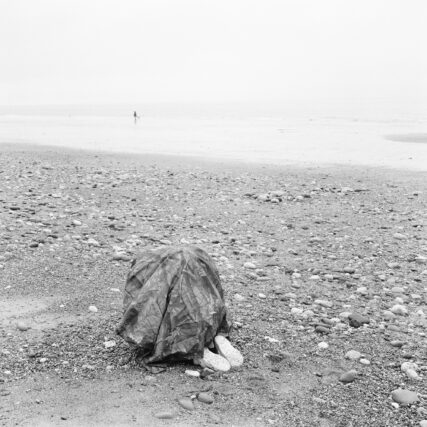
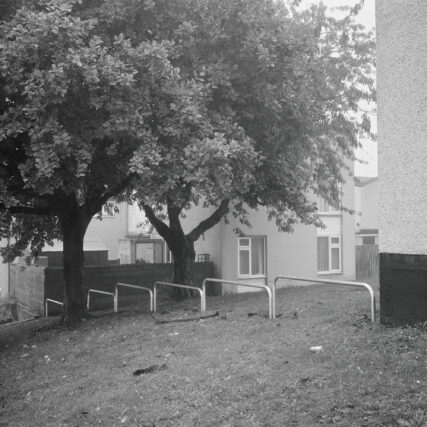
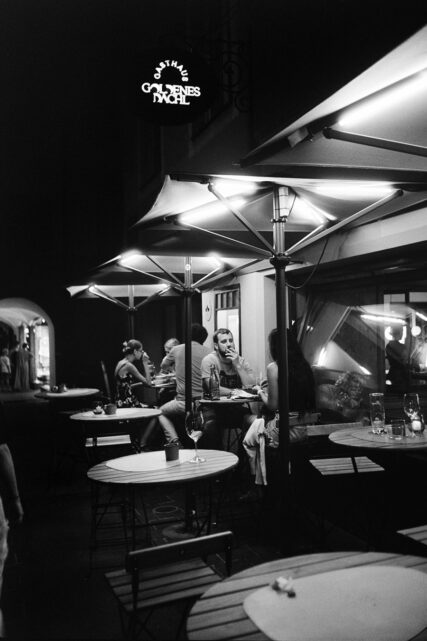
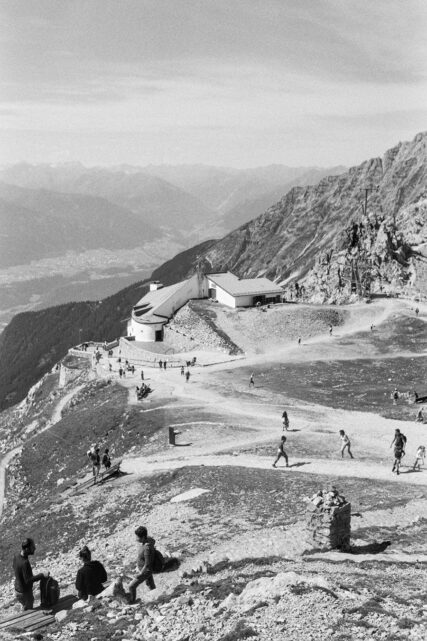
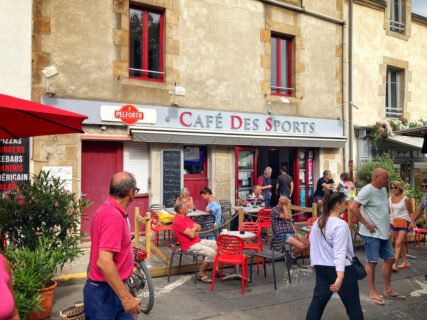
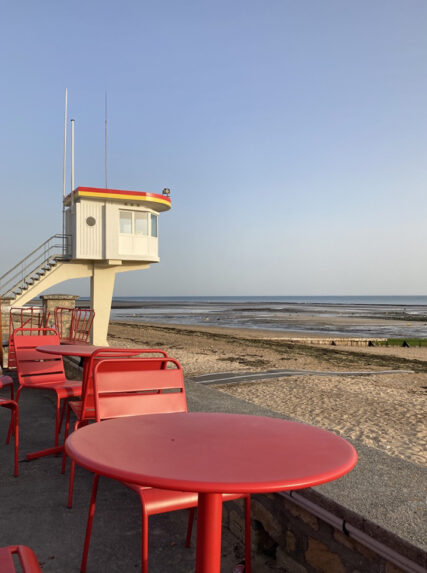
Interesting POV’s Tim.
I too travel and take (make) pictures but I’m always looking for ‘stock’ value as well as making images strictly for myself…although all…most, end up as stock and sell quite well.
I liked your upright mountain view in Austria which looked like it could have been made back in the 50’s- 60’s….
Interesting bloggy thing…keep ’em coming…
Bestest Brian
Thanks, Brian, yes I know you do pretty well from Alamy. I think you have a much keener eye for stock than I do, plus I just don’t have the enormous catalogue of historic pictures that you do. I used to dabble in stock, but decided to turn my energies elsewhere.
That upright shot from the top of the mountain really pleases me. If there’d been one of those coin-operated binocular things in the foreground, it would have been a proper Cartier-Bresson job.
I try to keep the blog regular and as interesting as possible, so thanks for your support.